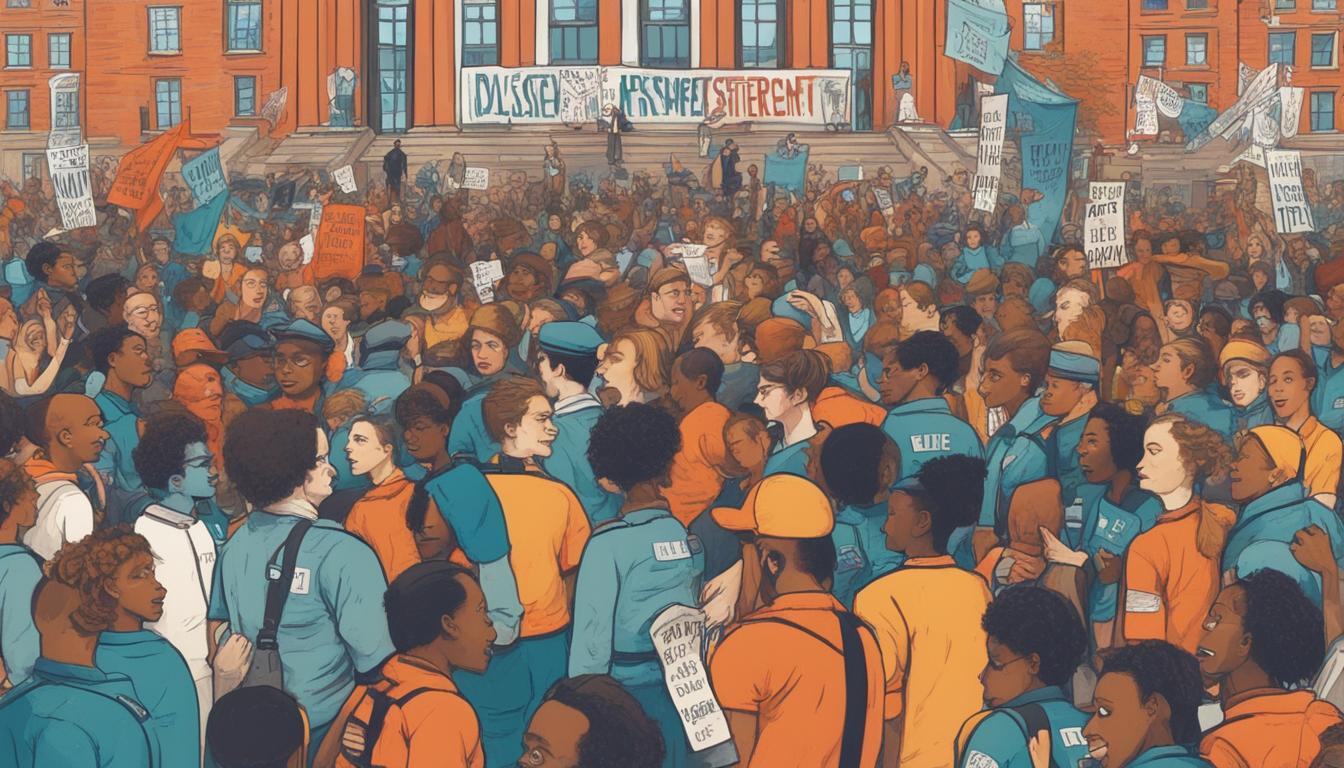Recent protests at Columbia University have ignited a fierce political and legislative debate, following the arrest of hundreds of students and controversial actions by national politicians. The situation raises questions about the balance between free speech and safety on campus.
Recent protests at Columbia University in New York have led to political debate and legislative action following the mass arrest of students by police. The protests, which advocated for the university to divest from Israel, resulted in confrontations that caught the attention of both local authorities and national politicians.
Republicans, including Senate Minority Leader Mitch McConnell and Senators Josh Hawley and Lindsey Graham, have criticized the protests and called for stringent measures to protect Jewish students, including possible deployment of the National Guard. Conversely, Democrats such as Senator Elizabeth Warren and Representative Alexandria Ocasio-Cortez have emphasized the need to balance free speech with campus safety.
Amid these developments, the US House of Representatives, influenced by recent campus incidents, passed an antisemitism awareness bill sponsored by New York Republican Mike Lawler. The bill, aimed at defining antisemitism using the guidelines from the International Holocaust Remembrance Alliance, has faced criticism for potentially conflating criticism of Israel with antisemitism and thereby restricting free speech.
The Columbia University faculty has expressed dismay at the administration’s decision to involve law enforcement, which led to the mass arrests of 280 students across Columbia and City University of New York campuses. Noteworthy faculty members, including Bassam Khawaja and Rashid Khalidi, have publicly condemned the administration’s actions.
These incidents and the subsequent political responses highlight significant ideological divides regarding the balance between combatting antisemitism and upholding free speech, as well as differing perspectives on the Israeli-Palestinian conflict within the U.S. political landscape.













